News
Available in The Shop: An Early Roger Dubuis Masterpiece, The Sympathie Bi-Retrograde Perpetual Calendar
News
Available in The Shop: An Early Roger Dubuis Masterpiece, The Sympathie Bi-Retrograde Perpetual Calendar
Today, the Roger Dubuis two-register Hommage Chronographs are some of the most salient timepieces in neo-vintage watch collecting, and for good reason. Roger Dubuis was an independent watchmaker who made only 28 pieces of every configuration. It housed the legendary Lemania 2310 that was finished to meet the standards of the Geneva Seal, along with being chronometer certified by the Besançon Observatory. Most of all, as the name “Hommage” implies, the watches drew inspiration from the Patek Philippe reference 130 and the reference 1463 “Tasti Tondi,” yet bore an imprint of Dubuis’ beautiful artistic flair.
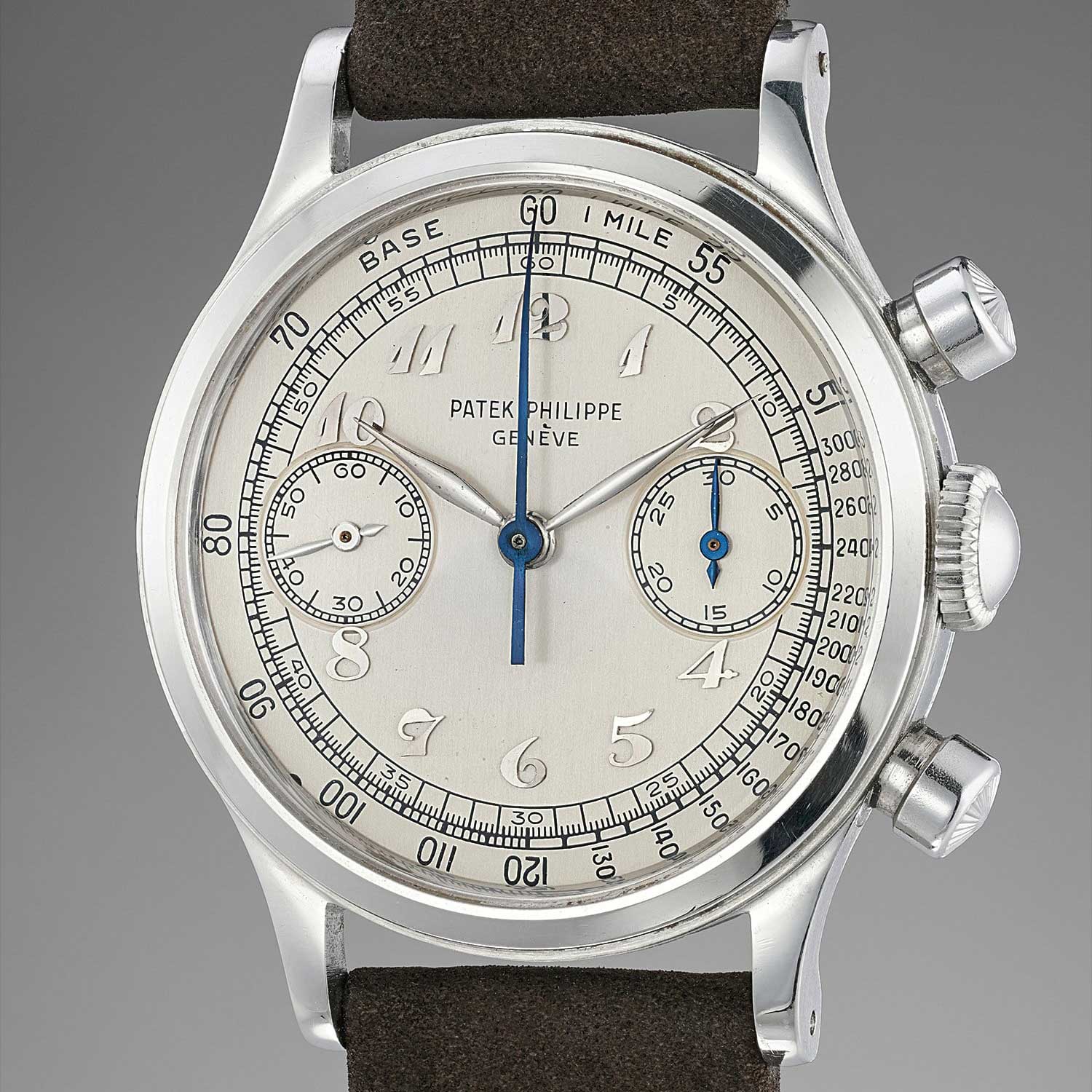
1950 Patek Philippe chronograph ref. 1463 in steel (image: Phillips)
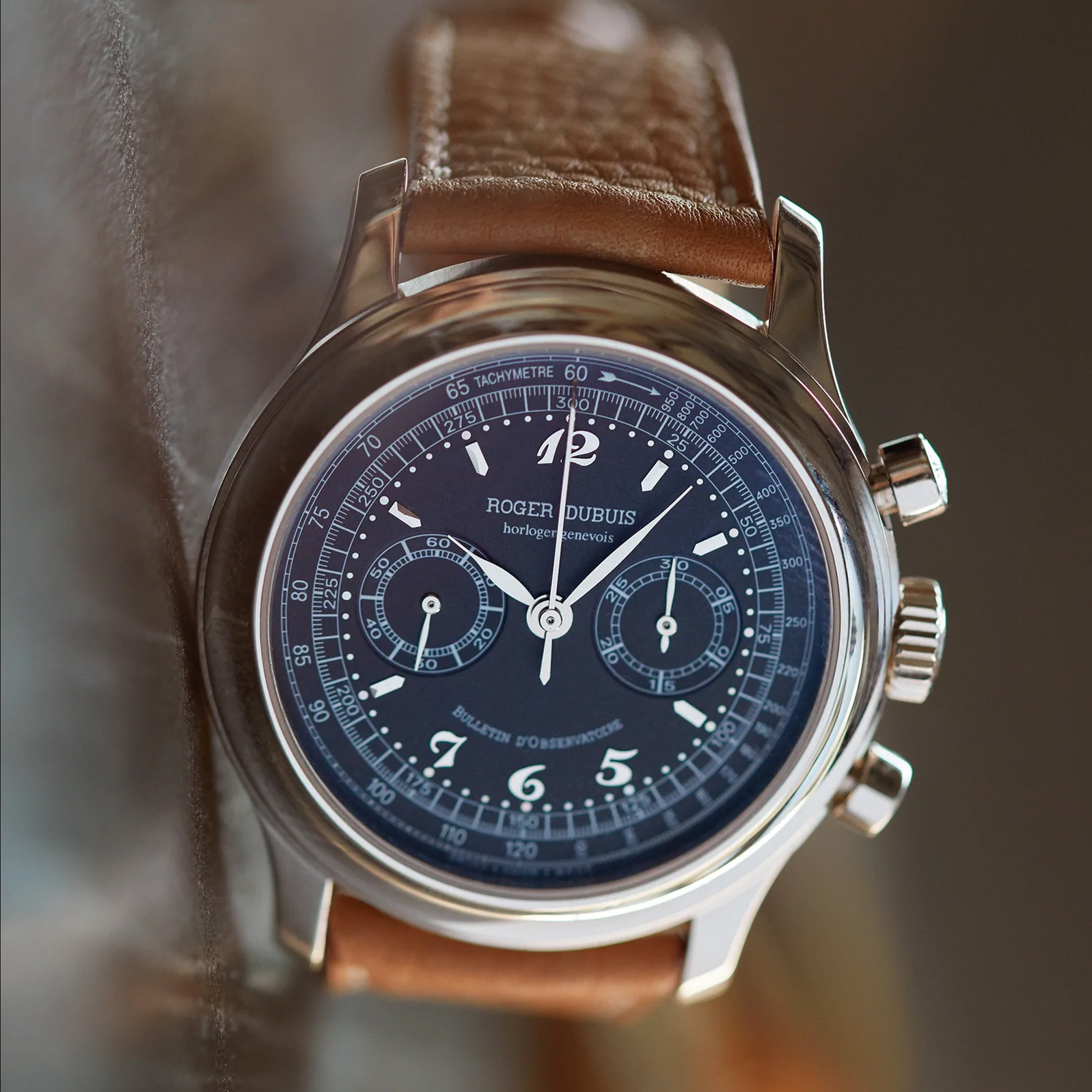
Roger Dubuis Hommage H40 chronograph in white gold (image: A Collected Man)
The sensual cushion-shaped case of the Sympathie with its pointed corners is charmingly idiosyncratic in its baroque yet avant-garde duality. It bears remarkable resemblance to a Longines watch that was introduced in the 1950s and produced in very limited numbers, the reference 846 5094. While Dubuis never confirmed before his passing, the origins of the Sympathie’s silhouette, it would not be a stretch to imagine that he would want to celebrate his time at Longines as well with a design sympathetic to the uniqueness of the 846.
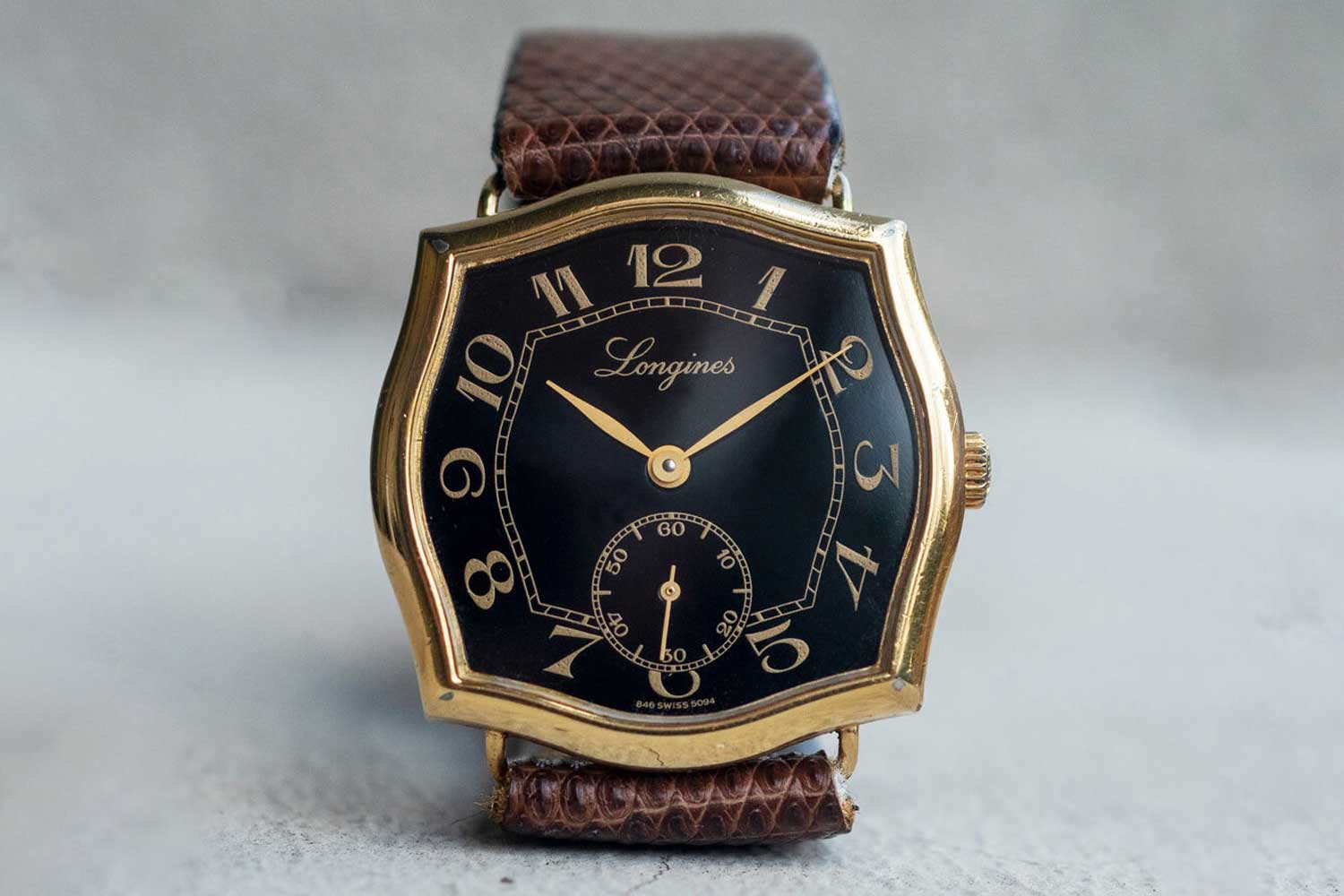
The Longines reference 846 5094 (Image: Time to Times)
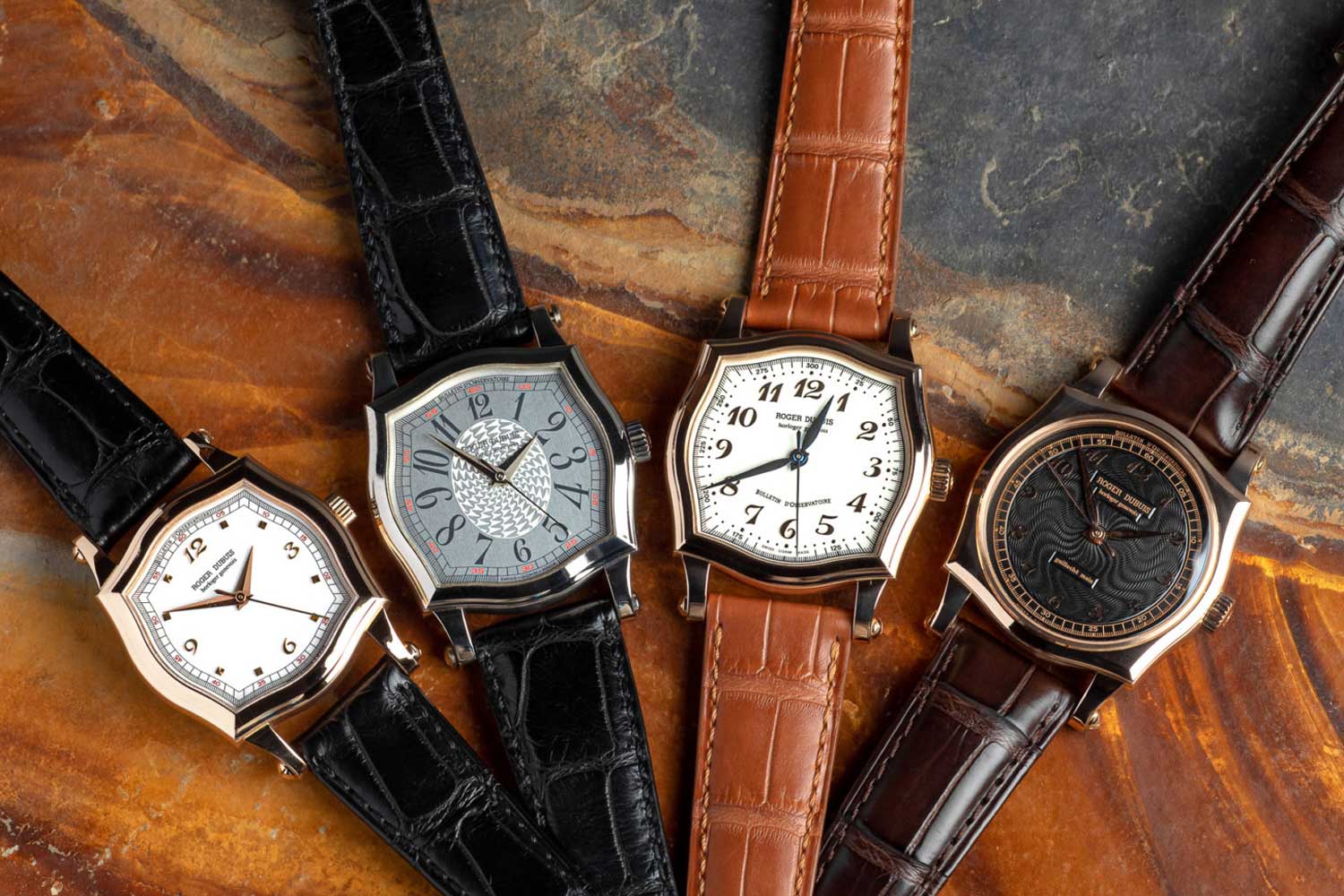
A quartet of time-only Sympathies (Image: European Watch Company)
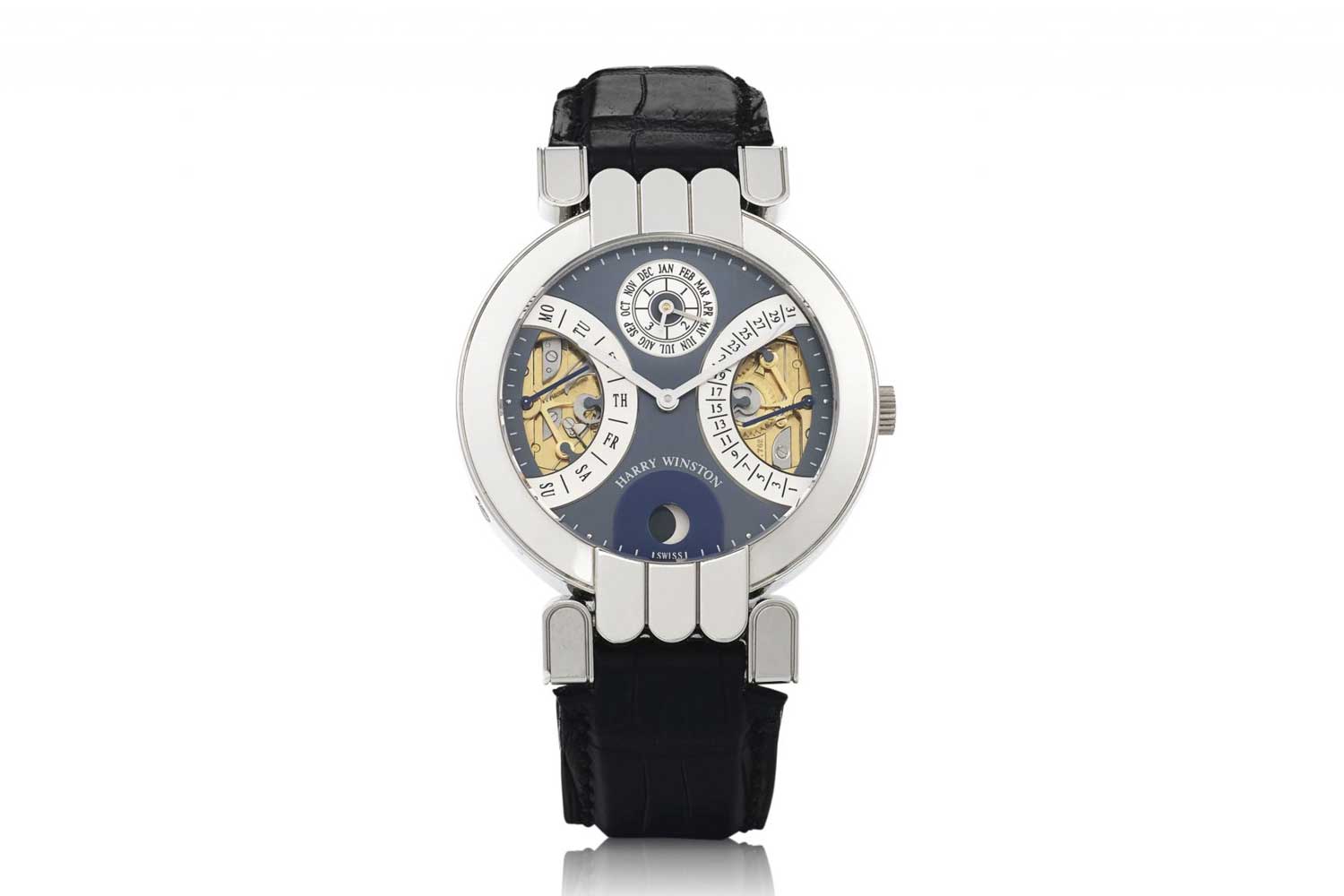
1989 Harry Winston Bi-Retrograde Perpetual Calendar in platinum
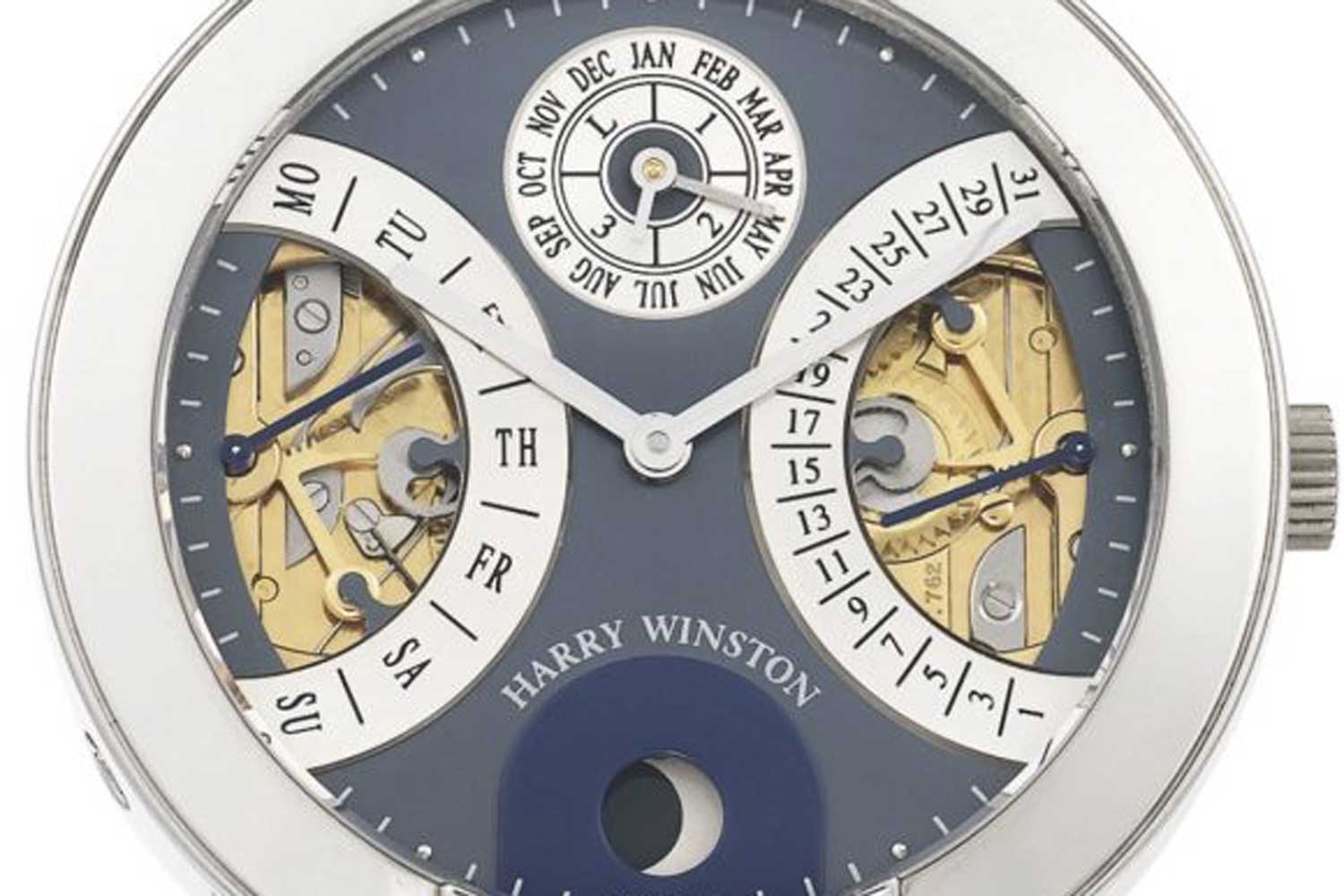
The double retrograde mechanism developed by Roger Dubuis and Jean-Marc Wiederrecht
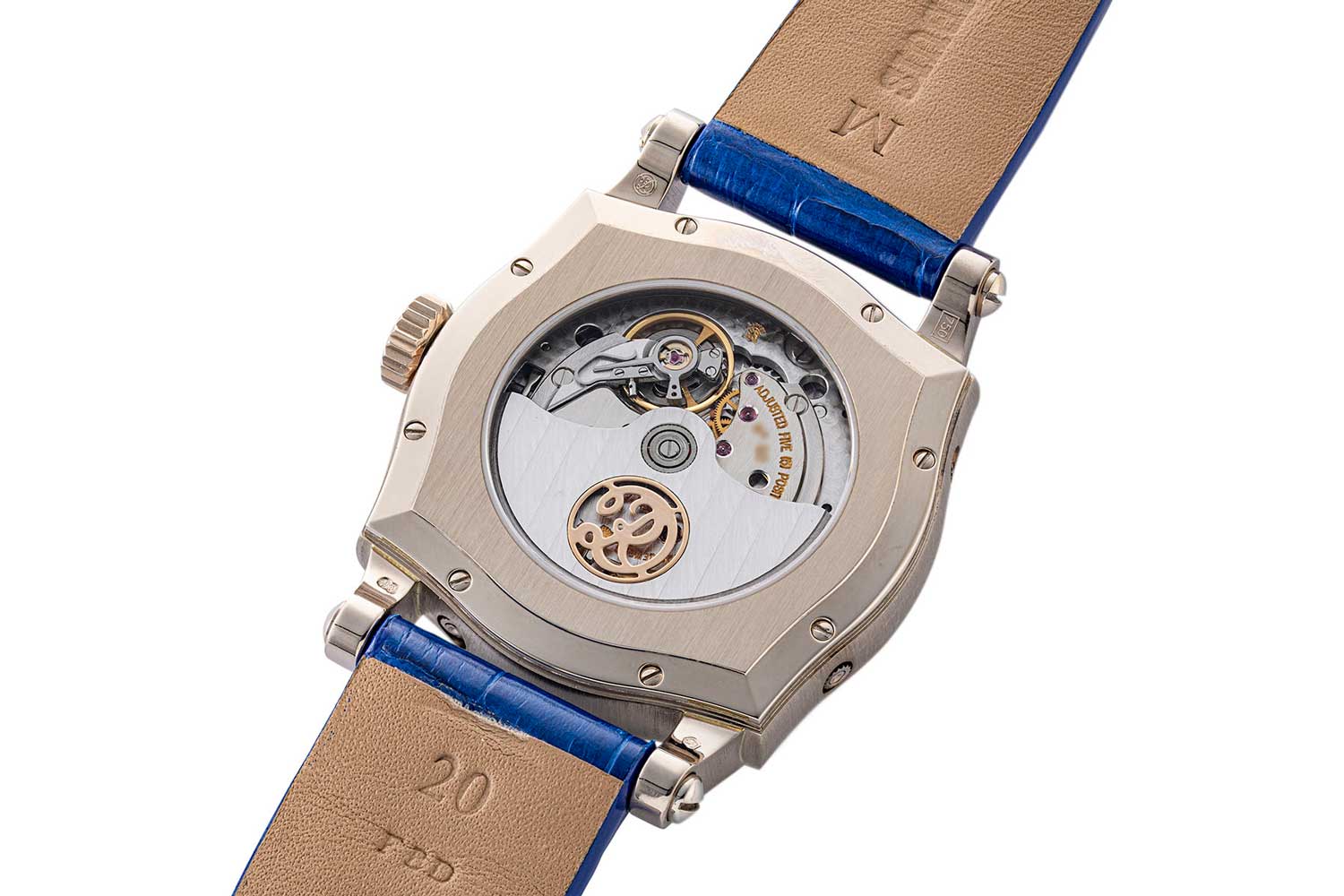
Roger Dubuis Sympathie Perpetual Calendar (Image: Revolution©)
The audacious yet delicate shape of the watch is further emphasized by a multi-stepped, high polished bezel while the case flanks are vertically satin-brushed, which helps accentuate its height and presence on the wrist. In the same vein, it features thick, elongated welded lugs with distinctive fixing screws. It’s worth noting that in his early watches, the bezel and crystal conform to the complex shape of the case while in later examples, the bezel would have a rounded inner circumference to accommodate a simpler crystal.
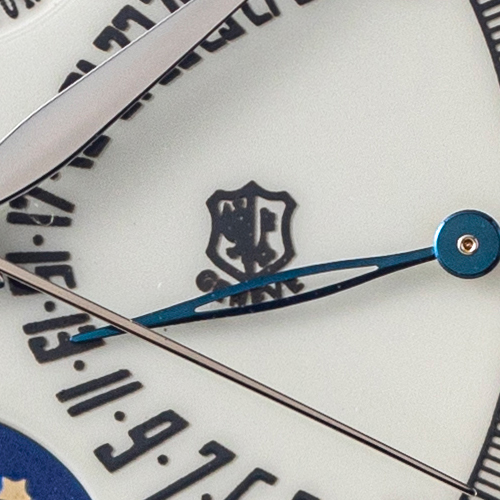
The Poinçon de Genève is the seal of quality issued by the Office of Inspection in the Geneva Watchmaking School
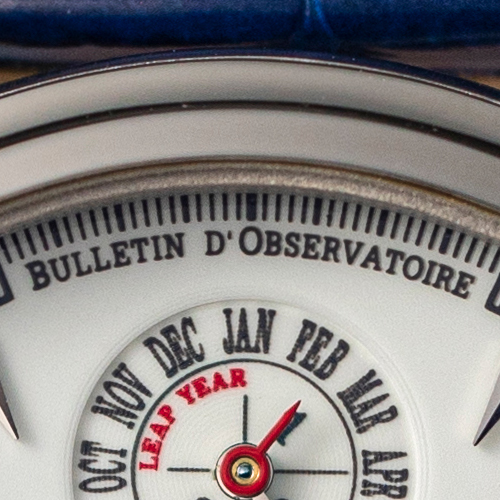
A chronometer certified by the Besançon Observatory is tested as a fully-cased watch, not just the movement, and its accuracy cannot exceed a daily deviation of -4/+6 seconds.
Tech Specs
Movement: Self-winding caliber RD 5772
Functions: Hours, minutes, seconds, perpetual calendar with day, date, month, leap year indicator and moonphase
Case: 37 x 47.5 x 9.8mm; 18K white gold; water resistant to 30m
Dial: Glossy, off-white lacquered dial
Strap: Blue alligator with white gold tang buckle
Price: USD 54,950










